21 vintage photos show what life was like in London 100 years ago

- A century ago, London was a bustling city, filled with culture and beautiful architecture.
- In 1920, visitors and locals enjoyed its famous attractions like Piccadilly Circus, Buckingham Palace, and the River Thames.
- The fashion in London 100 years ago was different, but people still enjoyed relaxing and watching a game of football.
Today, London is a bustling, metropolitan city, and the same could be said about the city 100 years ago.
In 1920, like today, London was known for attractions such as Piccadilly Circus, Buckingham Palace, and the River Thames, but there were also differences between today's London and the city a century ago.
Take a look at these photos from 1920s London to see how much life has changed.
An aerial shot of Trafalgar Square in London shows how parts of the city are still the same structurally, 100 years later.
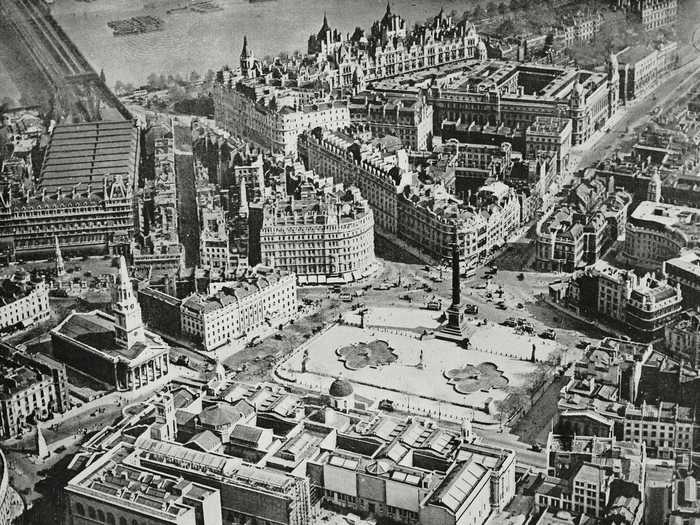
In the early 1800s, the square was meant to be a cultural center of the city, and it officially got its name in 1830 after several transformations.
At the time, Trafalgar Square was the perfect place for children to frolic in fountains.
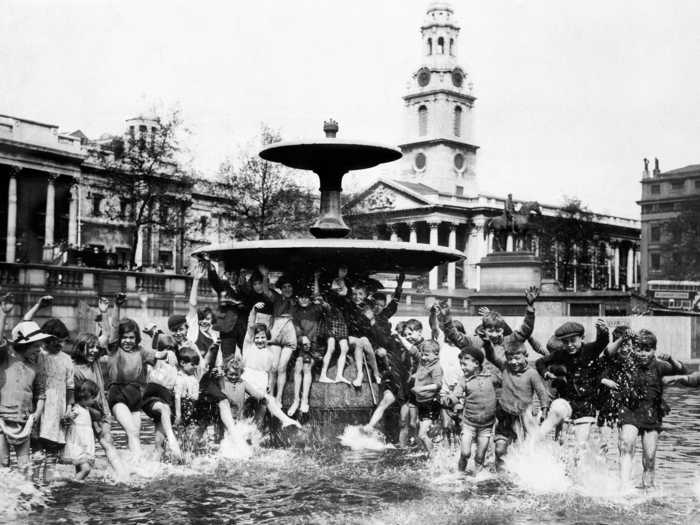
The fountains were built in 1845.
Likewise, Oxford Street hasn't changed much except for the types of cars and buses that fill the street.

Today Oxford Street is lined with stores, restaurants, and pedestrians.
Piccadilly Circus had a similar scene of hustle and bustle 100 years ago.
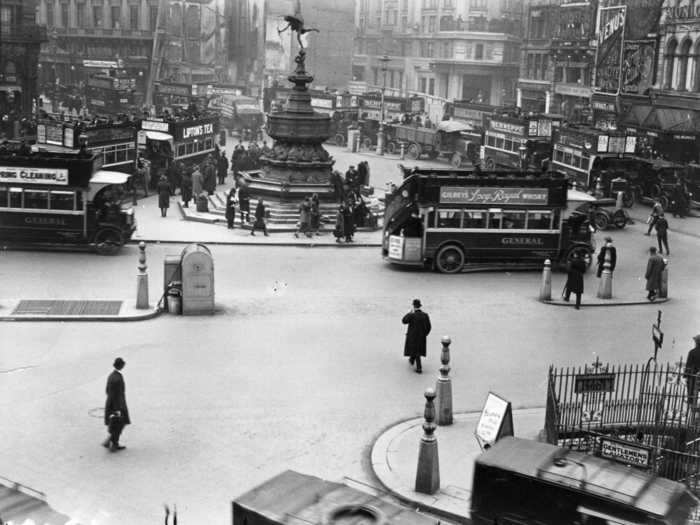
If you look closely, you can see the double-decker buses that are still popular today.
Piccadilly Circus has always been a popular destination in London.
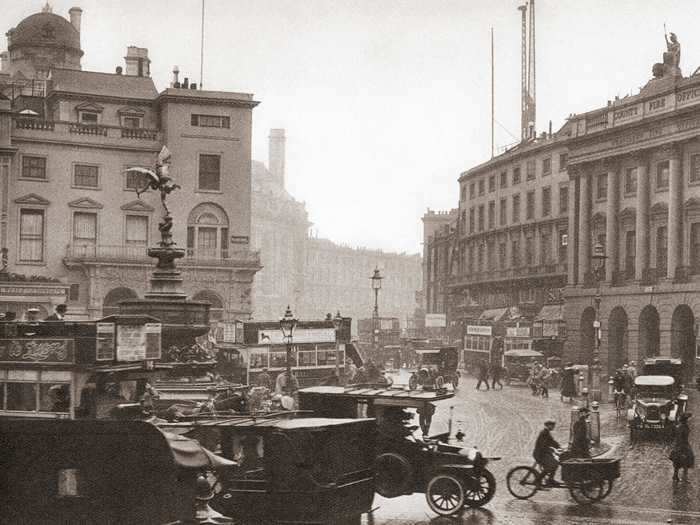
Piccadilly Circus was created in 1819, and in 1920, the area was a popular crossroads. Today, it has become a tourist destination and a must-see when visiting London.
There were even traffic jams on the bridges that stretched across the River Thames back in 1920.
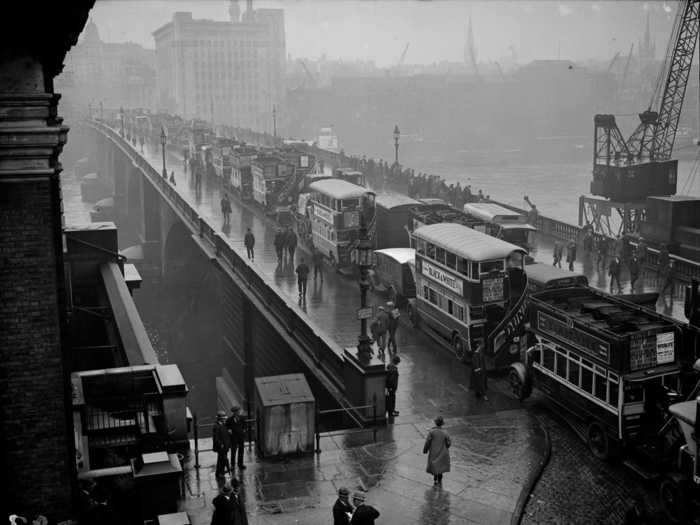
Today, there are 35 bridges across the River Thames.
Even the pedestrian bridges got crowded.
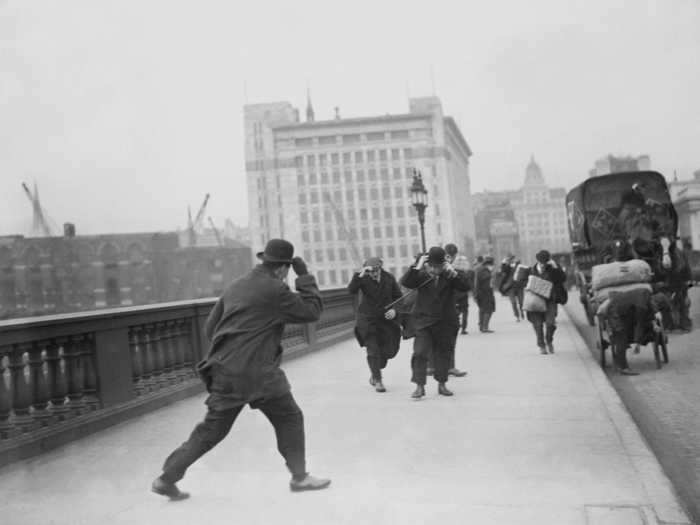
This image shows men in 1920 crossing a bridge over the River Thames on a windy day.
For those who wanted to avoid the road traffic, the London Underground was always an option.
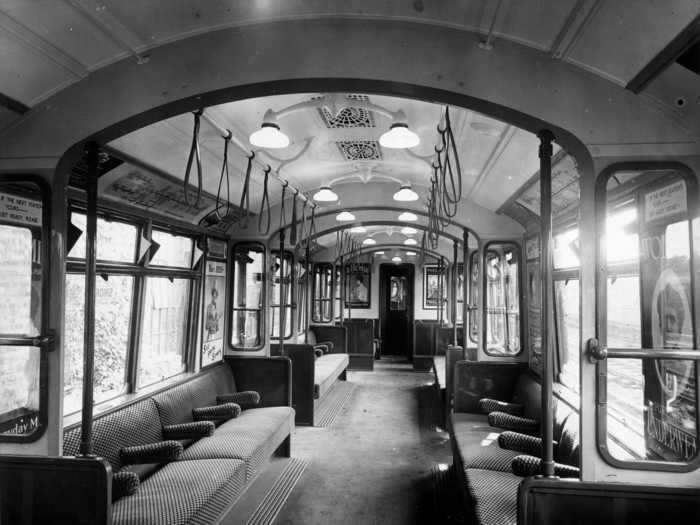
The London Underground — also known as the Tube — was the first subway system in the world, opening in 1863.
Bicycles were also a popular way to get around London.
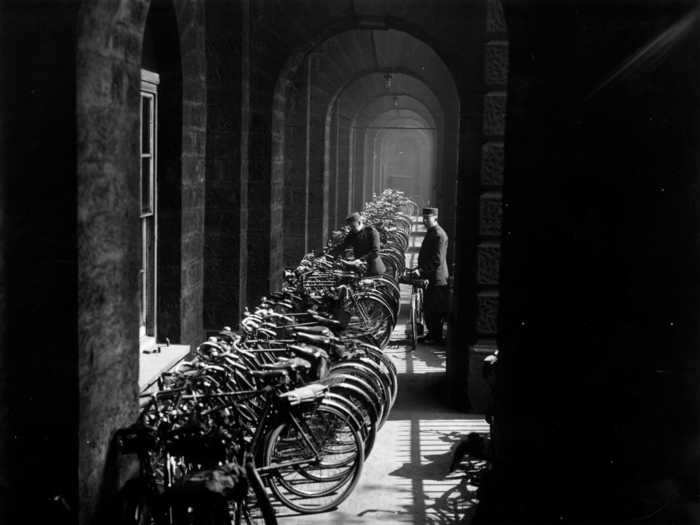
These bikes belonged to the employees who worked at Somerset House, which overlooks the Thames.
At the time, the River Thames had a largely underdeveloped waterfront.
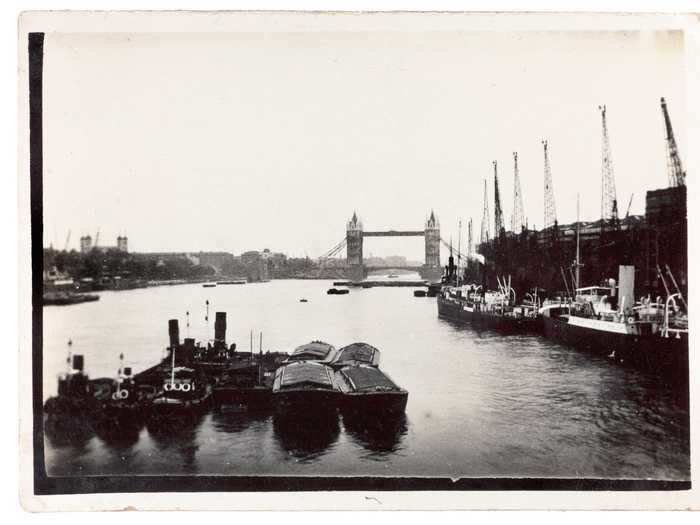
Today, most people know the waterfront of the River Thames to be a lively place. Most notably, there is the London Eye, which is a 443-foot Ferris wheel, but it wasn't built until 1999.
The Houses of Parliament did, however, stand on the Thames at the time.
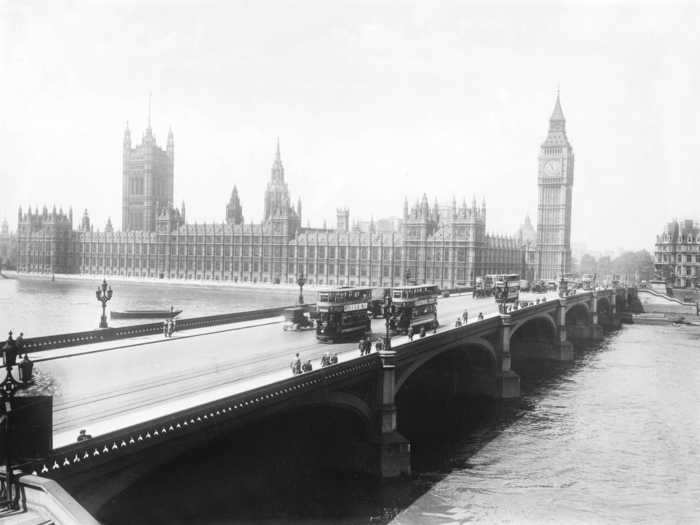
The construction of the Houses of Parliament began in 1837.
The party leaders certainly look different 100 years ago, though.
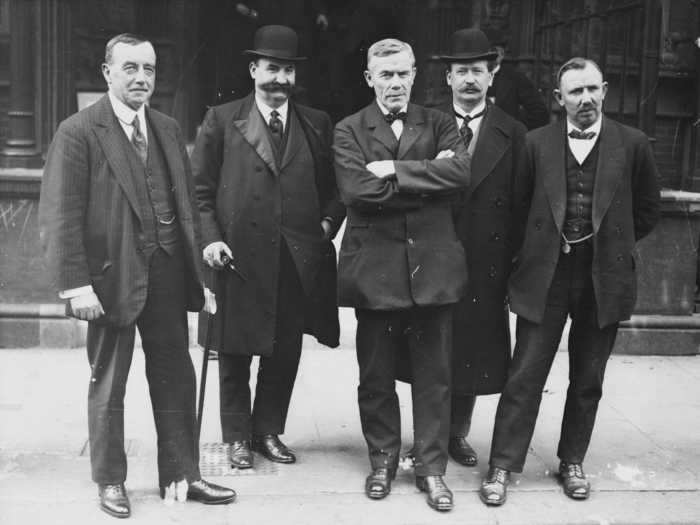
Here, the politicians showcased clothing for upper-class men, which included suits, hats, and walking sticks.
In 100 years, women's clothing has changed dramatically — back then, the flapper became a symbol of the '20s.
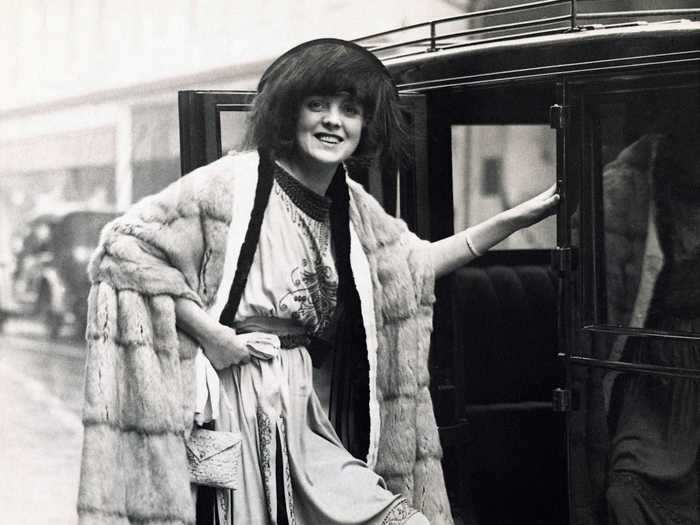
During World War I, women went to work in place of men and experienced newfound freedoms. In response, a new woman was created: the flapper. These women cut their hair short, wore loose clothing, and were regarded as reckless.
Of course, Buckingham Palace was standing a century ago and looked largely similar to how it does today.
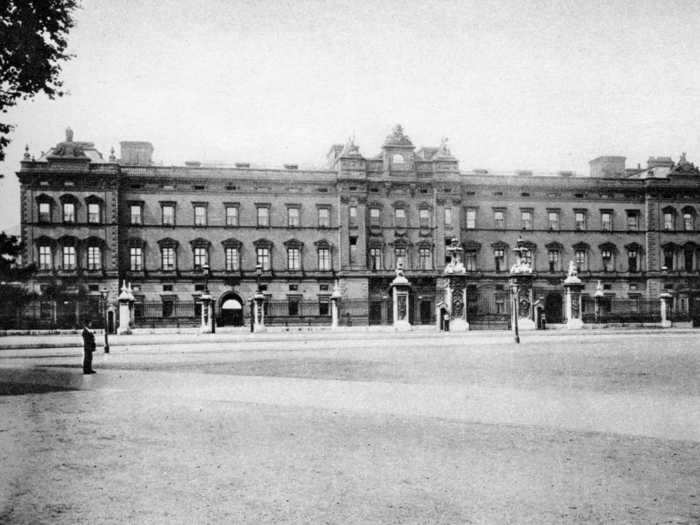
Buckingham Palace was completed in 1705 and has undergone some renovations since. Today, the palace is considered the official home and the headquarters for the royal family.
But the royal family inside the palace looked very different.
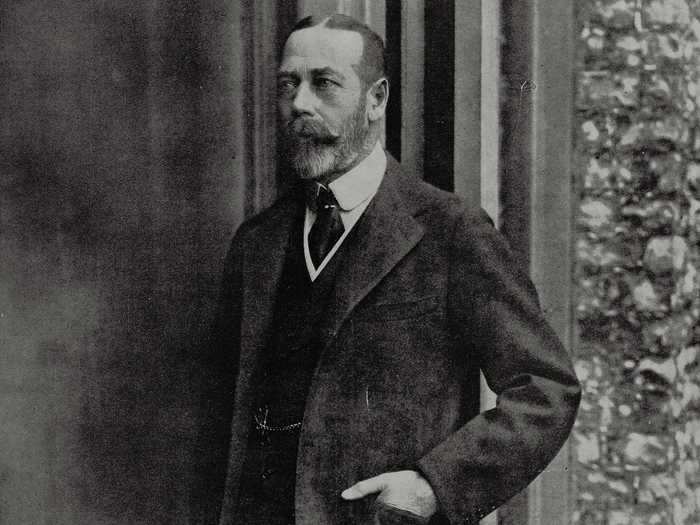
At the time, King George V was sitting on the throne of England. He was Queen Elizabeth's grandfather.
Likewise, 10 Downing Street hasn't changed much over the last 100 years.
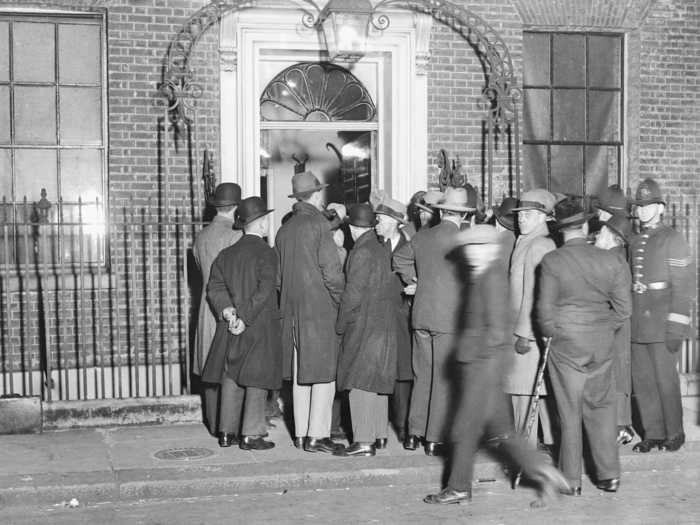
Since 1735, 10 Downing Street has acted as the home and office for the British prime minister.
But at the time, David Lloyd George was calling the famous residence home.
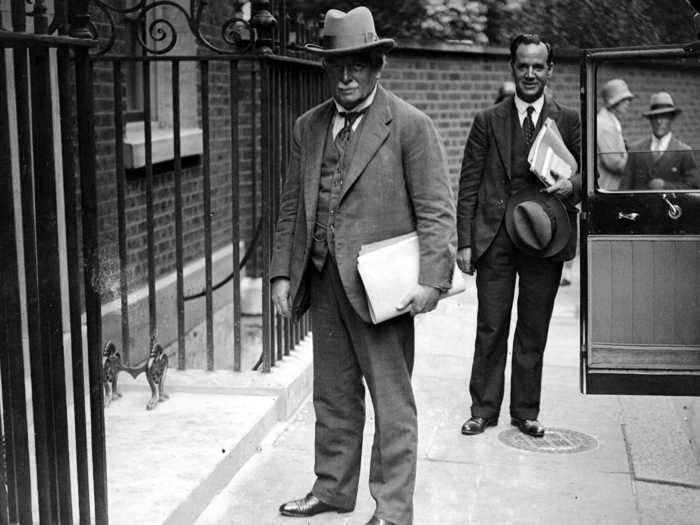
David Lloyd George was the leader of the Labour party and helped the country win World War I, but he was viewed as a controversial figure.
Families in London that weren't royal or involved in politics had their own distinct culture.
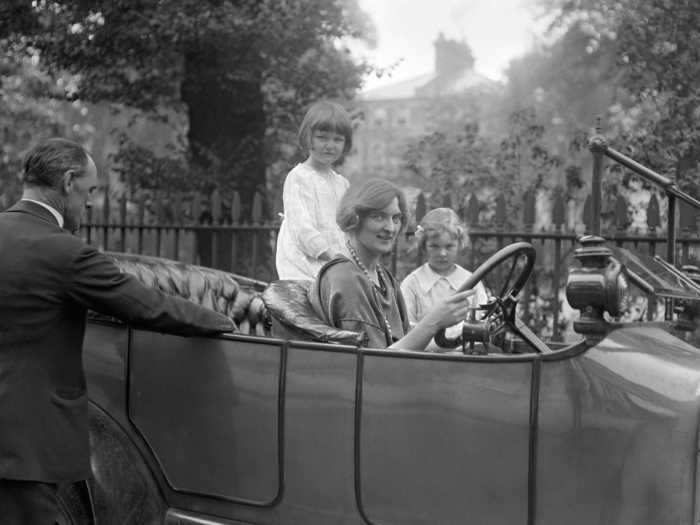
The family size was smaller when compared to families from the Victoria era — most only had three or four children.
Outside of family life, people enjoyed relaxing at the Chiswick Baths in London.
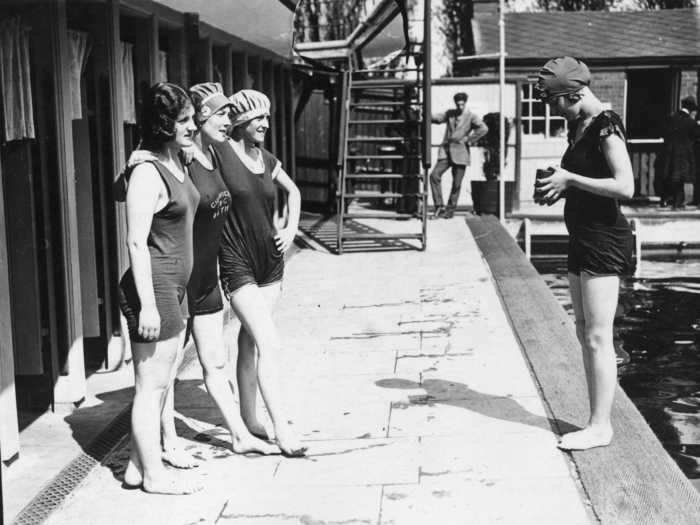
The Chiswick Baths opened in 1910 and was a place for "promoting freedom, frolicking, and fun."
Most people also loved a game of amateur football.
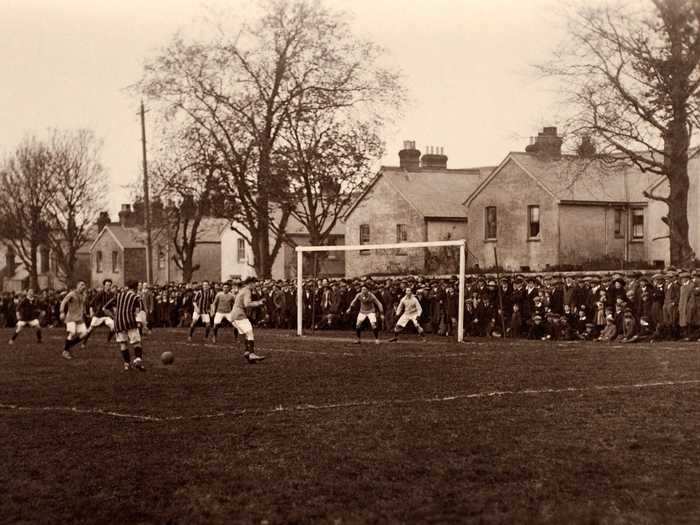
Football has long been a popular sport in England.
Some children entertained themselves by taking to the streets of London to play fight.
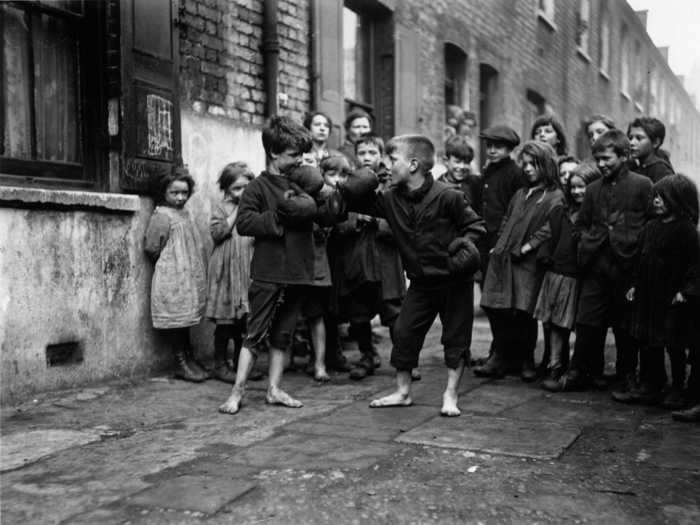
READ MORE ARTICLES ON
Popular Right Now
Advertisement